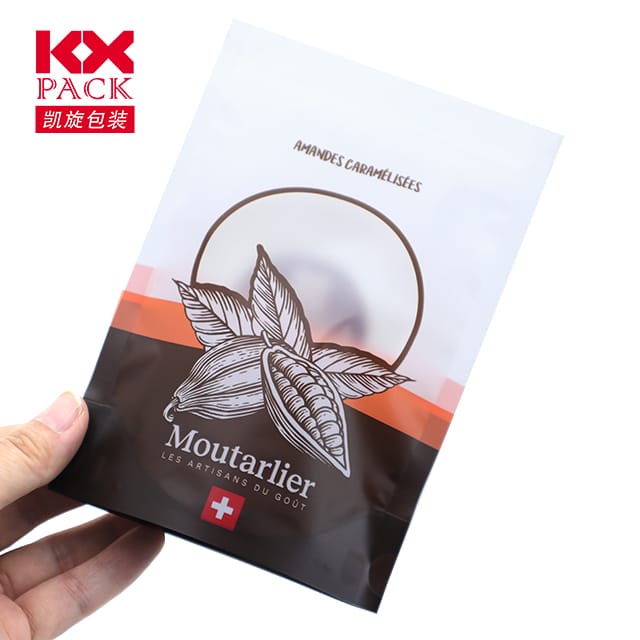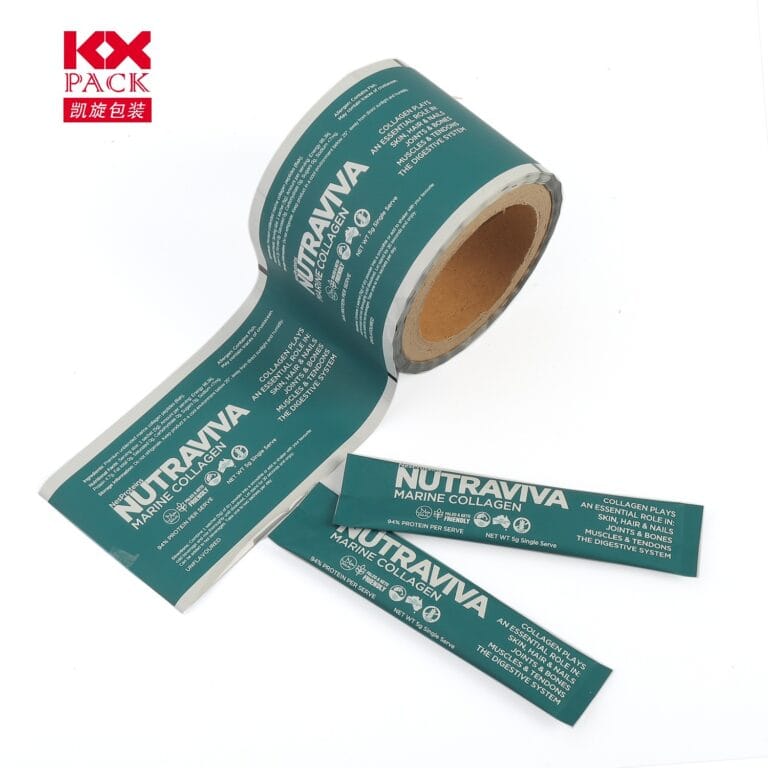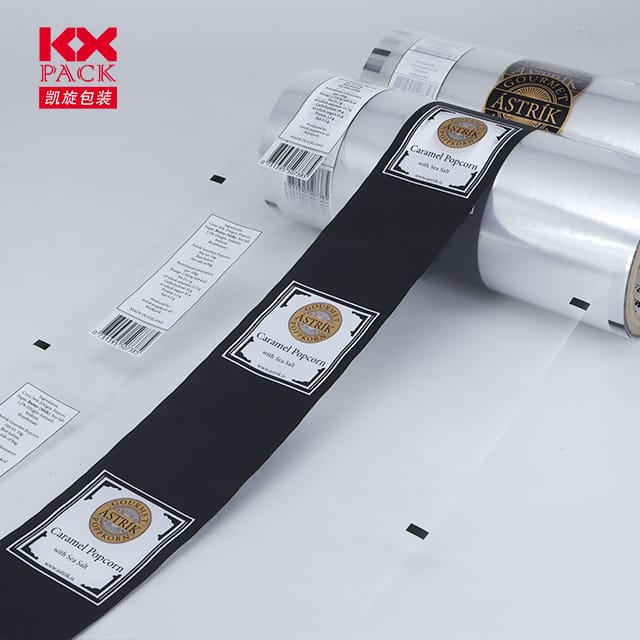Lidding Plastic Film Rolls for Food Packaging Factories: Trendovi, Inovacije, and Market Dynamics
Lidding Plastic Film Rolls
In the fast-evolving food packaging industry, lidding plastic film rolls have emerged as a critical component for preserving freshness, ensuring safety, and enhancing shelf appeal. Ove tanke, flexible films—typically made from polyethylene (PE), polipropilen (PP), nylon (GODIŠNJE), or high-barrier materials like EVOH—are heat-sealed onto trays, cups, and bowls to create airtight barriers against oxygen, vlage, and contaminants. For food packaging factories, selecting the right lidding film is no longer just about functionality; it’s a strategic decision that impacts sustainability, cost efficiency, and consumer satisfaction.(Lidding Plastic Film Rolls)
1. Key Applications and Market Demand
Lidding films are indispensable across multiple food segments:
- Ready-to-Eat (RTE) Meals: High-barrier films with anti-fog properties prevent condensation, maintaining product visibility.
- Dairy and Meat: Modified Atmosphere Packaging (KARTA) films extend shelf life by regulating gas composition inside the package.
- Svježi proizvodi: Renewable paper-pulp trays sealed with KPeel-style films reduce plastic use by up to 95%, aligning with global sustainability trends.
- Convenience Foods: Easy-peel films enable hassle-free opening, while puncture-resistant variants protect fragile items like pastries.
The global market for lidding films is projected to grow at a CAGR 5.2% kroz 2030, driven by rising demand for packaged foods in emerging economies and stringent food safety regulations in developed markets.(Lidding Plastic Film Rolls)
2. Technological Innovations Shaping the Industry
A. High-Barrier and Multilayer Films
To combat food waste, manufacturers are adoptingmultilayer co-extrusion technology, combining materials like PA/PE/EVOH to create films with superior oxygen and moisture resistance. Na primjer, Shandong Qilu Ethylene Chemicals Co., doo. produces EVOH-based films that extend the shelf life of smoked meats by 30–50%.
B. Sustainable Solutions
- Biorazgradivi filmovi: Derived from starch or cellulose, these films decompose within 180 days under industrial composting conditions.
- Recyclable Mono-Materials: Single-polymer films (Npr., PET-only) Pojednostavite tokove recikliranja, reducing environmental impact.
- Reduced Plastic Use: UK-based KM Packaging’s KPeel series enables paper-pulp trays to replace plastic containers in fresh produce packaging, cutting plastic by 95% without compromising seal integrity.(Lidding Plastic Film Rolls)
C. Smart and Functional Films
- Anti-Microbial Coatings: Silver-ion or zinc-oxide additives inhibit bacterial growth, enhancing food safety.(Lidding Plastic Film Rolls)
- Temperature-Sensitive Indicators: Films embedded with thermochromic inks change color if storage conditions deviate, reducing spoilage risks.
- Printable Surfaces: High-definition printing allows brands to showcase logos, nutritional info, and QR codes directly on the film, boosting marketing appeal.
3. Challenges and Strategic Considerations for Factories
A. Regulatorna usklađenost
Food packaging factories must navigate a complex web of regulations:
- EU: Compliance with EC No 1935/2004 (food contact materials) i EU 2019/904 (single-use plastics directive).
- NAS: FDA approval for recycled content in films and adherence to FSMA (Food Safety Modernization Act).
- Kina: GB 4806.7-2023 standards for food-grade plastics and stricter enforcement of environmental policies.
B. Cost vs. Sustainability Trade-offs
While biodegradable films align with ESG goals, they often cost20–30% more than conventional plastics. Factories must balance sustainability targets with profitability by:
- Optimizing Material Use: Thinner films (Npr., 12–16µm vs. 20–25µm) reduce raw material costs.
- Automating Production: High-speed co-extrusion lines improve efficiency, offsetting higher material expenses.
C. Otpornost na opskrbu
Geopolitical tensions and raw material shortages (Npr., ethylene prices) disrupt production. Factories are mitigating risks by:
- Diversifying Suppliers: Partnering with multi-regional film manufacturers to ensure steady supply.
- Stockpiling Critical Materials: Maintaining 3–6 months’ inventory of high-barrier resins like EVOH.
4. Future Trends to Watch
- Edible Films: Made from proteins (Npr., gelatin) or polysaccharides (Npr., chitosan), these films are gaining traction in snack and confectionery packaging.
- AI-Driven Customization: Machine learning algorithms analyze food properties (pH, moisture content) to recommend optimal film compositions.
- Circular Economy Models: Factories are exploring film take-back programs to recycle post-consumer waste into new packaging.
Zaključak
For food packaging factories, lidding plastic film rolls are no longer a commodity—they’re a strategic asset. By embracing high-performance, sustainable, and smart films, manufacturers can differentiate their offerings, comply with regulations, i ispunjavaju evoluirajuće zahtjeve potrošača. The key to success lies inagility: adapting to technological shifts, optimizing supply chains, and investing in innovations that balance cost, funkcionalnost, i odgovornost za zaštitu okoliša.
Stay ahead of the curve—explore our curated list of lidding film suppliers and download our free guide on selecting the right film for your application! 🌍🍃📦







